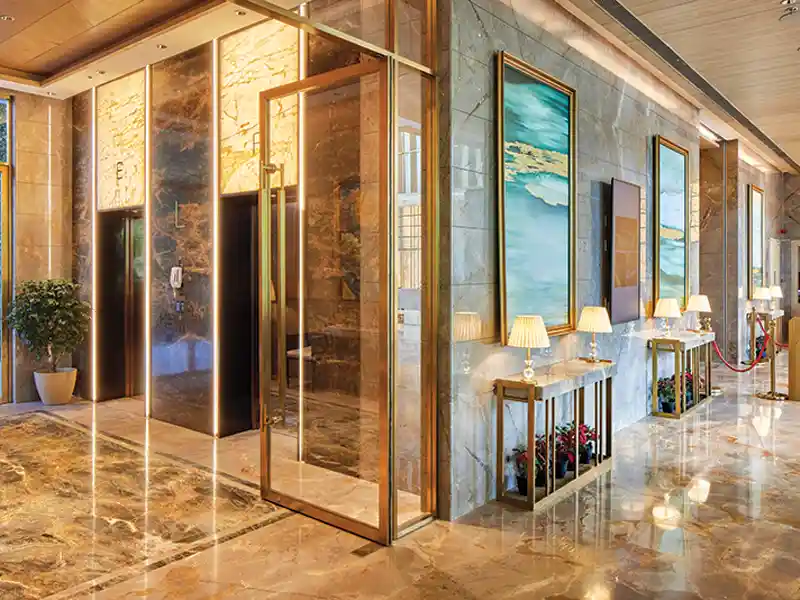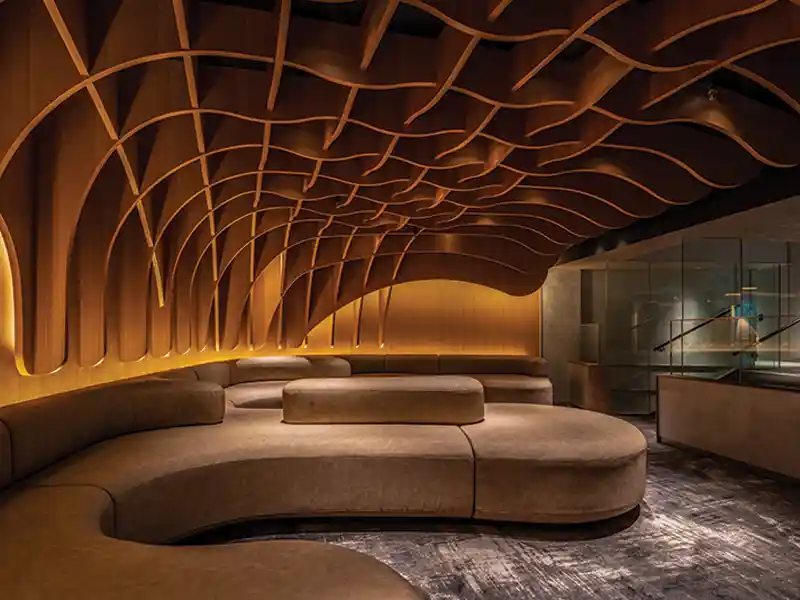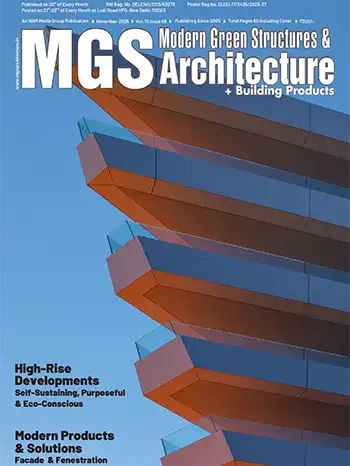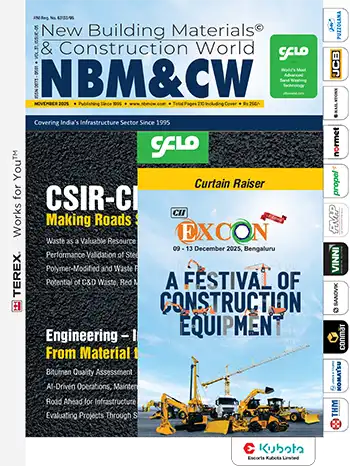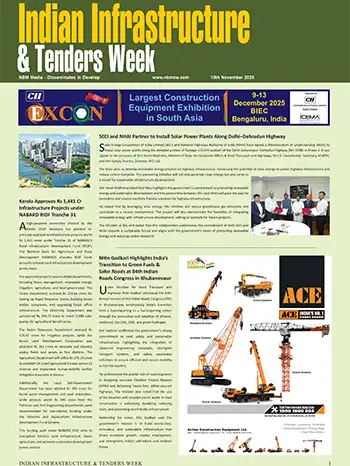As architects, we must recognize the importance of minimizing environmental impact and creating buildings that are both resource–efficient and regenerative.
Himanshu Patel, Architect, d6thD design studio
Sustainability in architecture has increasingly become a fundamental principle guiding design and construction practices. As architects, we are tasked with not only shaping the built environment but also ensuring that our designs contribute positively to the planet.
In our projects, materials that are often overlooked, discarded, or considered waste find a new purpose, breathing life into architectural elements in innovative ways. Instead of following conventional design norms, we integrate repurposed materials to create functional and aesthetically rich spaces that tell stories of history, craftsmanship, and sustainability.
For instance, rather than using standard windows, we incorporate repurposed jaalis that not only provide ventilation and diffused light but also add intricate patterns and textures to the facade. These jaalis, which might have once been part of an old structure, regain their significance by becoming essential elements of our design, merging tradition with modernity. Steps are reimagined using old stone chakkis that were once fundamental to domestic life in villages, now serve as durable, character-rich steps.
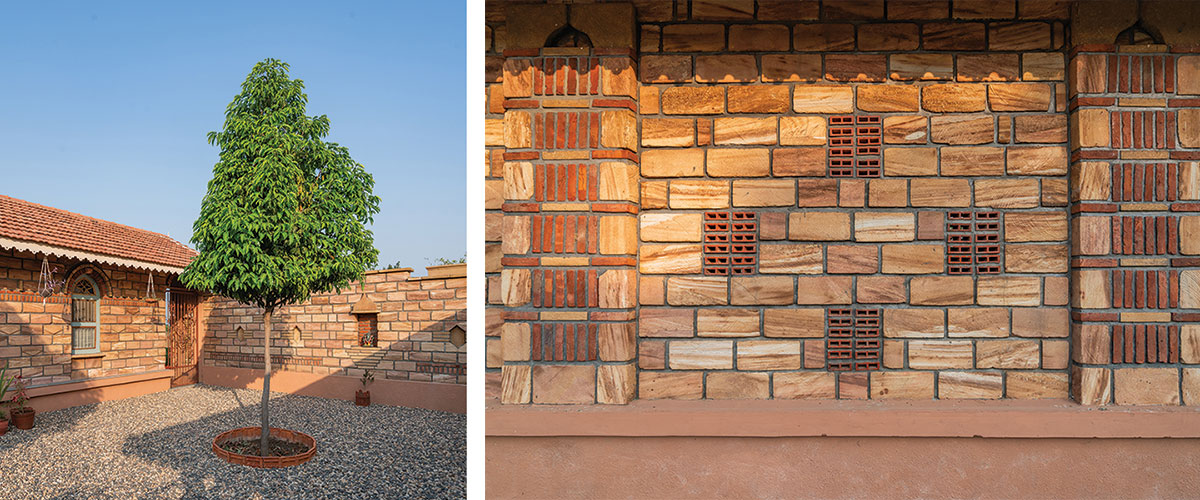
In landscaping, discarded terracotta tiles are given a new role as edging for plant beds, their porous texture and earthy hues complementing the natural environment, making them an eco-friendly alternative to industrial materials. Similarly, coloured glass bottles are creatively embedded into walls, forming translucent screens that filter light into mesmerizing patterns. These bottles, which would otherwise have ended up in landfills, transform into artistic installations, offering privacy while enhancing spatial ambiance through their vibrant interplay with sunlight.
By integrating such repurposed materials, our architectural approach transcends mere construction—each element carries a past, a purpose, and a renewed significance. This philosophy not only reduces environmental waste but also celebrates the beauty of imperfection, craftsmanship, and sustainable living, redefining architecture as an evolving narrative of resourcefulness and heritage.


